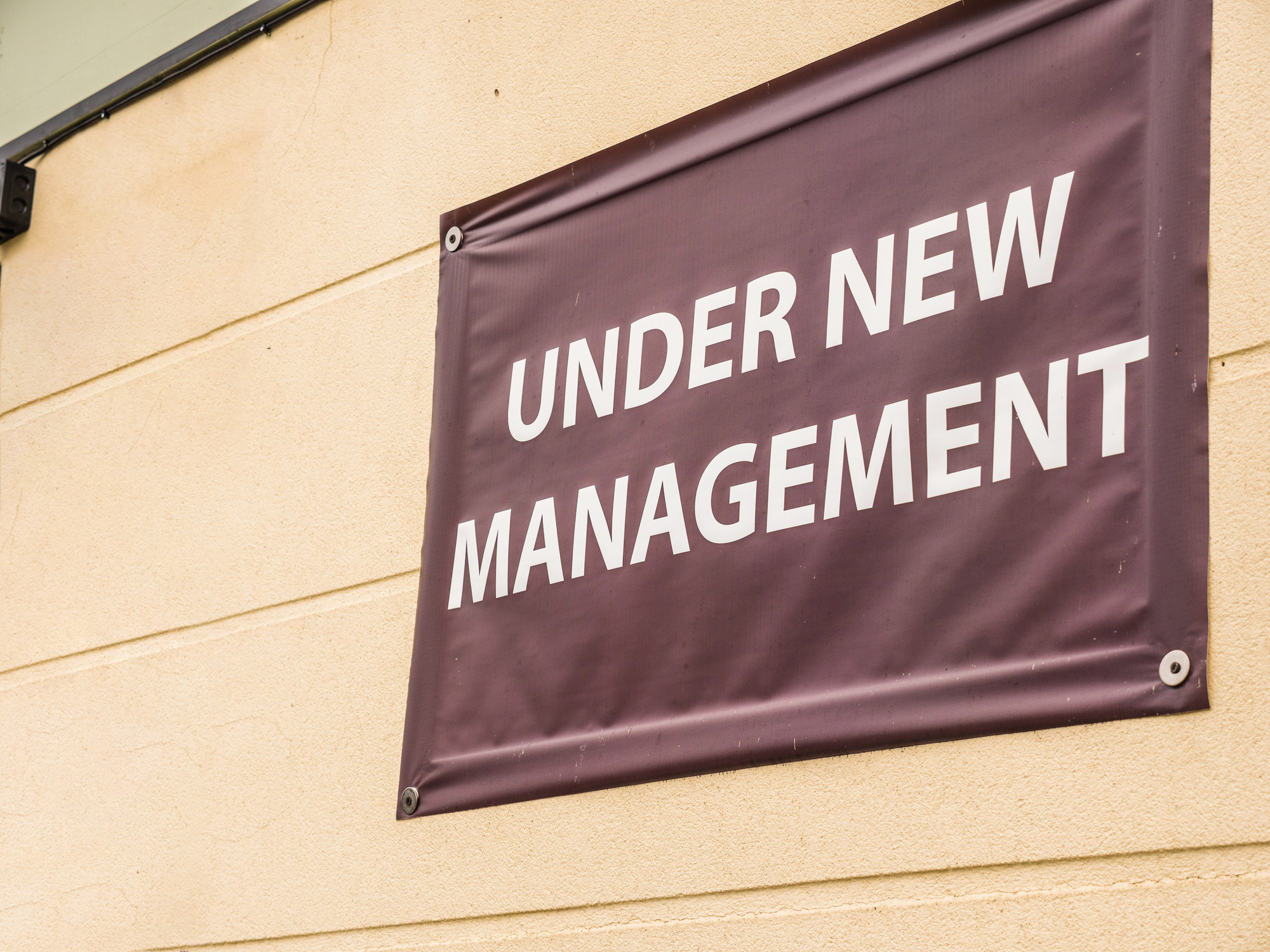
Following the 2022 midterm elections, Democrats hold veto-proof majorities in both legislative chambers in nine states, compared to 18 for Republicans.
In a state’s checks and balances system, governors maintain the power to veto legislation. Each state has laws and rules outlining the veto process, which varies from state-to-state. There are also numerous veto types, including line-item vetoes, amendatory vetoes, reduction vetoes, pocket vetoes, and full bill vetoes. Governors across the country have vetoed numerous pieces of legislation on several topics, some more than others.
While lawmakers in each state introduce a myriad of legislation, lawmakers advance only some bills through the legislative process; state governors then sign most but not all of those bills. Governors may veto some bills, but lawmakers can override a gubernatorial veto. Each state has its own rules for which vote margins are considered “veto-proof,” whether that is 2/3 of the chamber elected, 2/3 of the chamber present, or a simple majority, just to name a few. A veto-proof majority occurs when one political party has control in a state legislature, or an individual legislative chamber, that is large enough to override a governor’s veto without any votes from the other political party.
Latest News
In this episode of the Back in Session podcast, hosts Ryan Stevens and Ryan DeMara sit down with Terra McClelland, President of the State Government Affairs Council (SGAC) and Vice President of Government and External [...]
Photo credit: iStock.com/zrfphoto In the State of Washington, members of the General Assembly can pre-file legislation in the month before a legislative session begins. Beginning on December 4, 2023, lawmakers began pre-filing dozens of bills. [...]
Photo credit: iStock.com/SeanPavonePhoto On December 1, 2023, Alabama state lawmakers began pre-file legislation for the 2024 session, when their bills will receive an official introduction. In total, 35 bills have been pre-filed (30 in the [...]
Photo credit: iStock.com/yevtony Last week, the National Governors Association (NGA) elected Utah Governor Spencer Cox (R) as its new Chair and Colorado Governor Jared Polis (D) as NGA Vice Chair. Cox succeeds New Jersey Governor [...]






Stay In Touch